Seeding
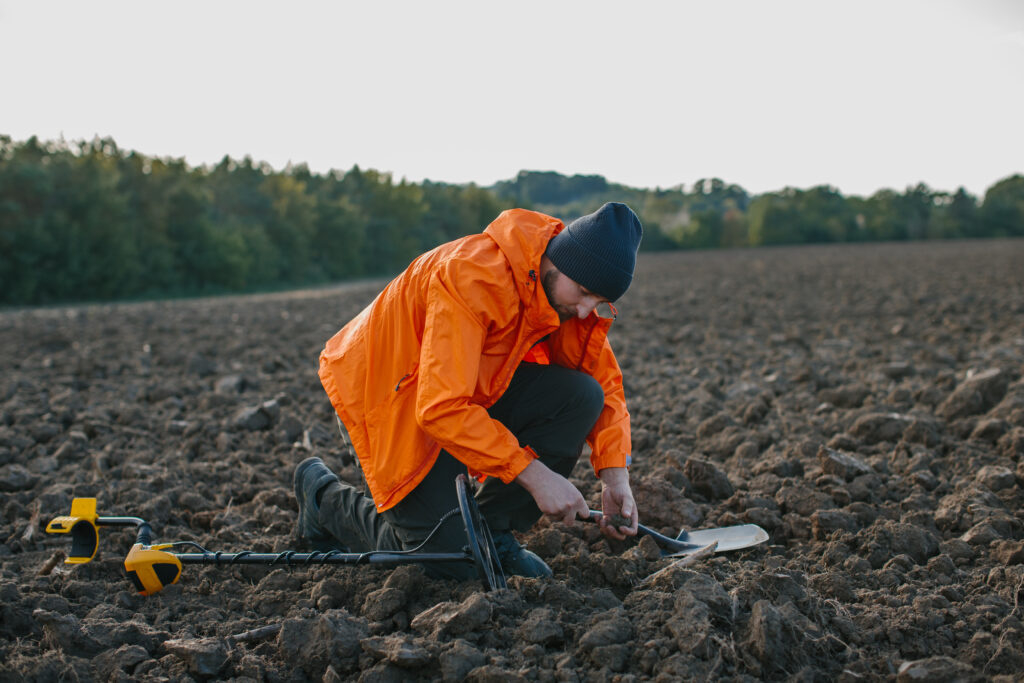
Bio Green Indiana – Professional Lawn Seeding Services
Seeding is a critical component of lawn restoration and long-term turf health—but it’s often overlooked. As grass plants age (typically after 3–4 years), they naturally slow their reproduction, leading to thinning turf. Seeding helps replenish your lawn and maintain its thickness, health, and resilience. At Bio Green Indiana, we offer three specialized seeding services as part of our comprehensive lawn care programs.At Bio Green Indy, we focus on the betterment of the environment one lawn at a time. Get started on the road to a beautiful and healthy lawn.
Quick Summary
Why Seeding Matters:
After 3–4 years, grass plants produce fewer new shoots.
Seeding compensates for this natural decline and keeps lawns thick and vibrant
Helps improve disease resistance, drought tolerance, and overall appearance.
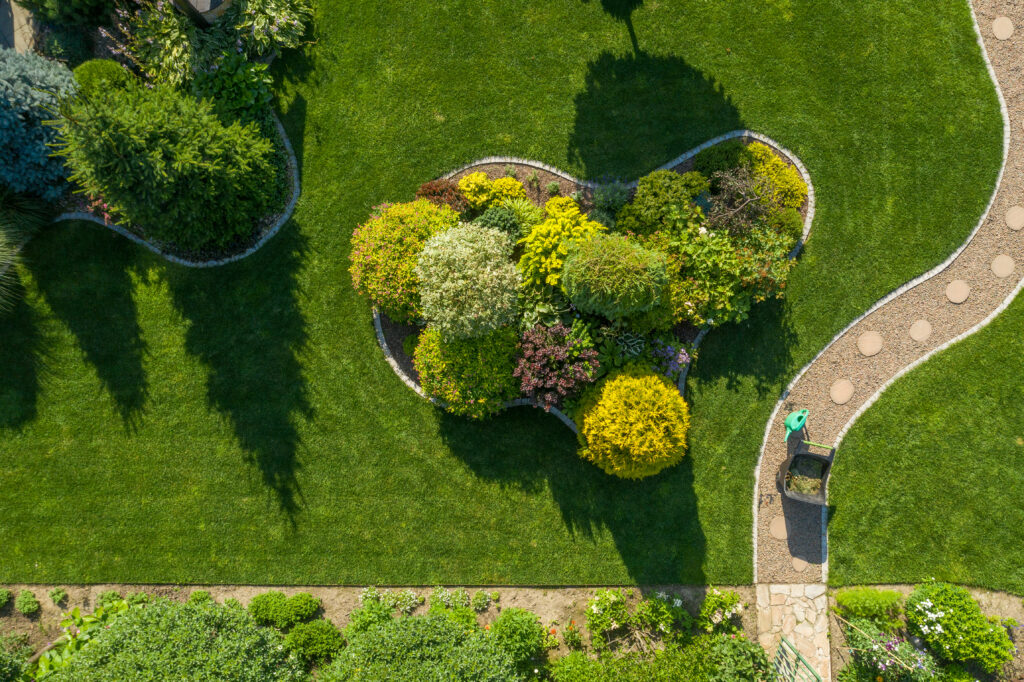
Best Time to Seed in Indiana:
- Optimal window: August 15 – September 30 (Cooler temps and consistent moisture support strong root development)
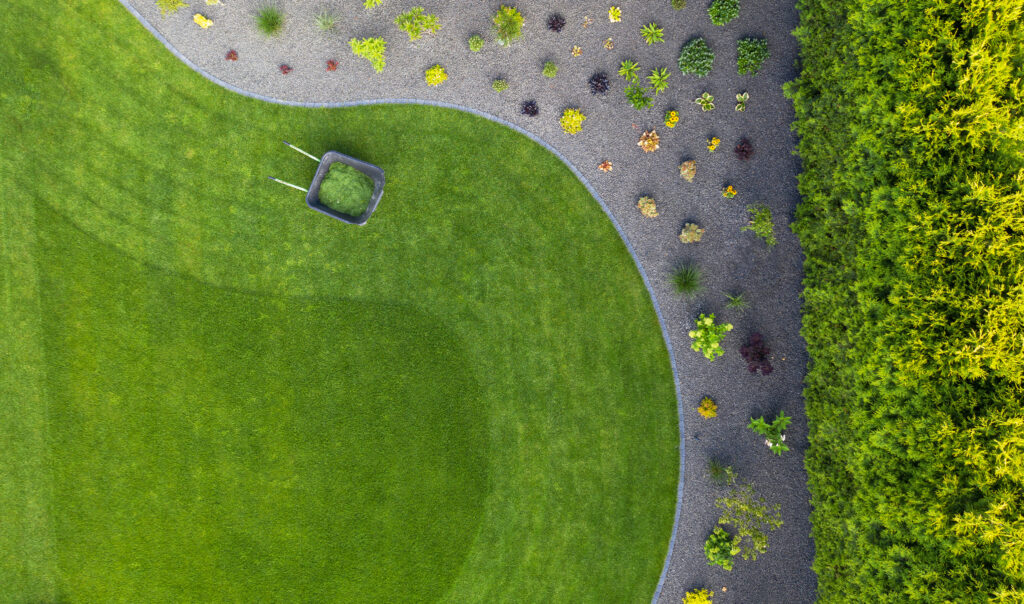
Why not Spring?
- Spring seeding disrupts pre-emergent weed barriers.
- New seedlings often lose out to aggressive summer weeds.
- Fall seeding helps grass establish density before weed seeds germinate in spring
Our Seeding Services

Slit Seeding (Best for Precision & Success)
- Cuts grooves into the soil and drops seeds directly into them.
- Offers higher germination rates than basic overseeding.
- Can be done anytime during the growing season, if watering is consistent.
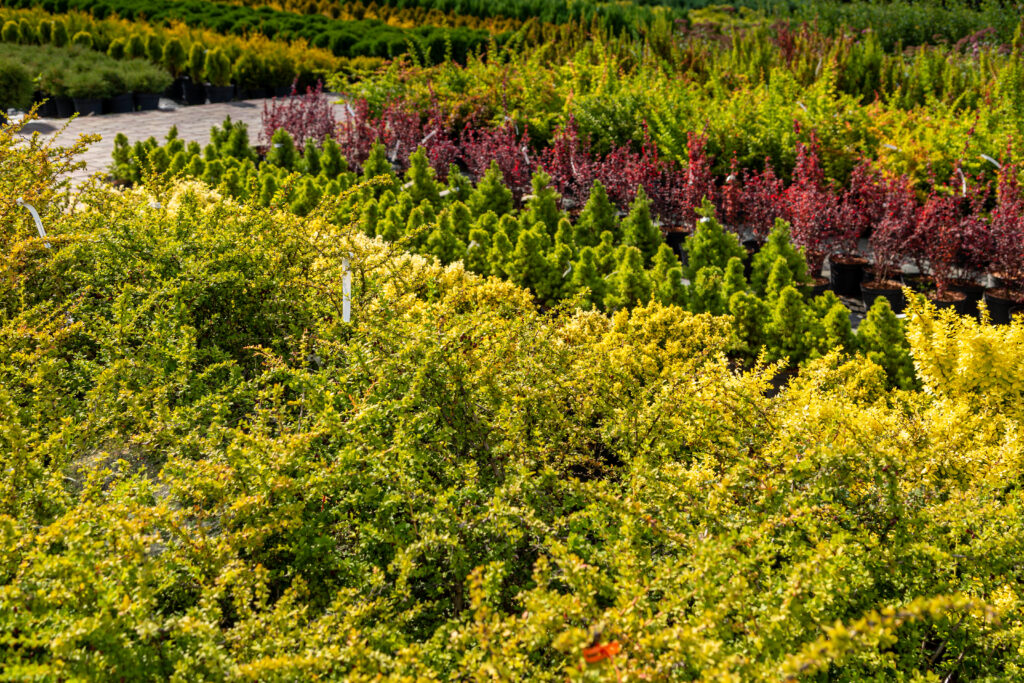
Overseeding (Best with Aeration)
- Broadcasts seed over the lawn using a spreader.
- Thickens turf and introduces new, improved cultivars.
- Works best when paired with core aeration to improve seed-to-soil contact.
- Recommended for Spring or Fall, with consistent watering.
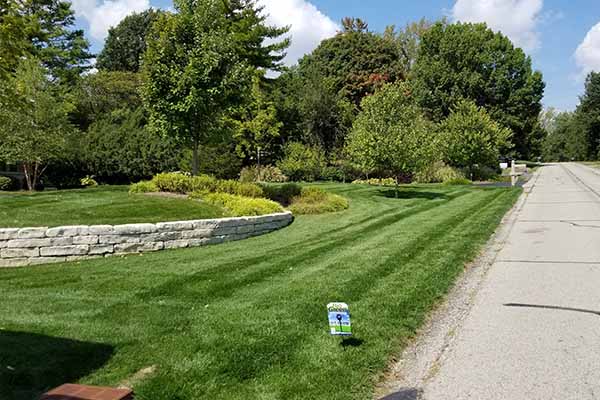
Dormant Seeding (Best for Low-Maintenance & Late-Season)
- Performed in late fall or early winter (usually December).
- Seeds remain dormant until spring temperatures trigger germination.
- Utilizes natural freeze-thaw cycles and snow cover to work seed into the soil.
- Ideal for
● Busy homeowners who can’t water new seedlings regularly.
● Those who missed the fall seeding window
